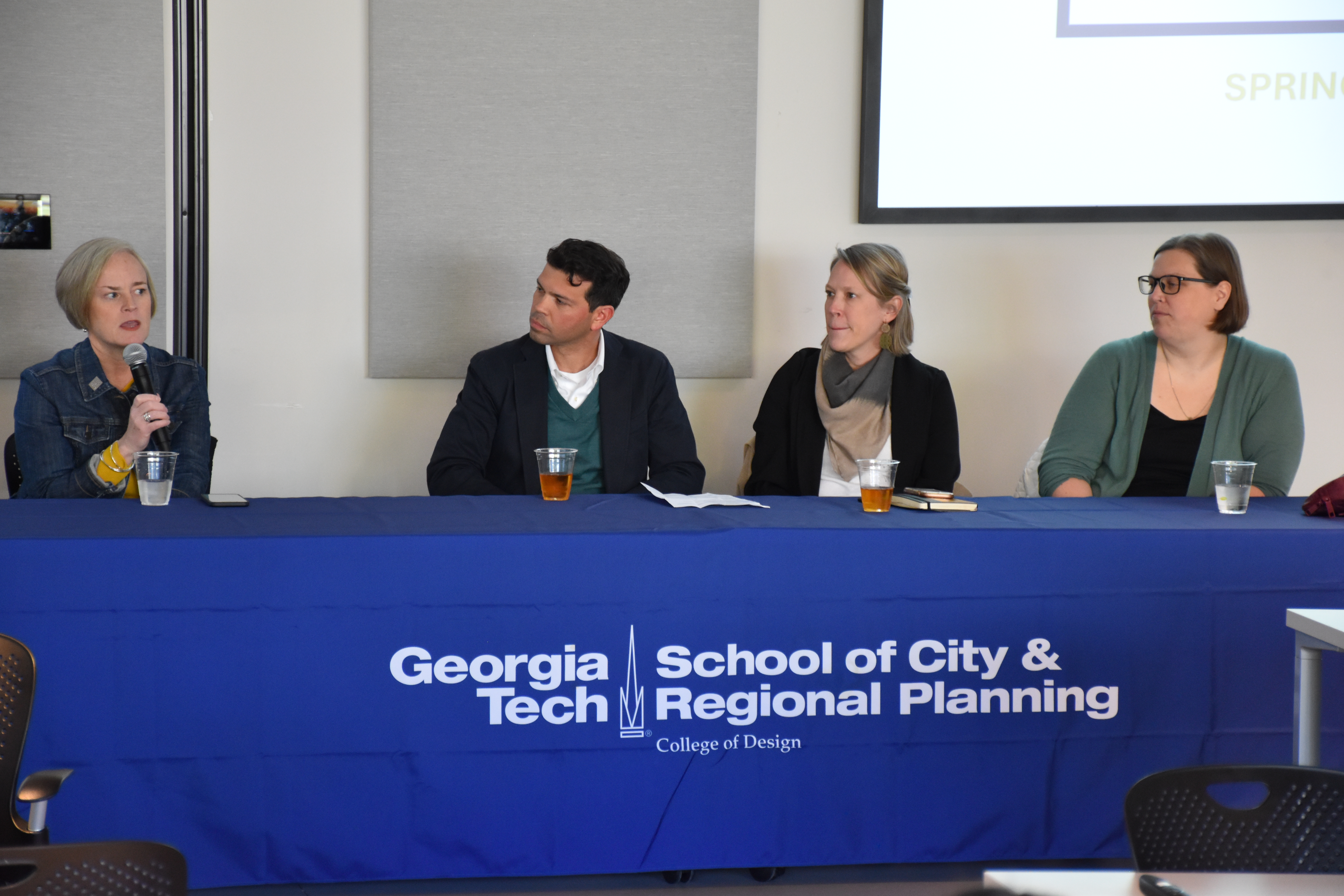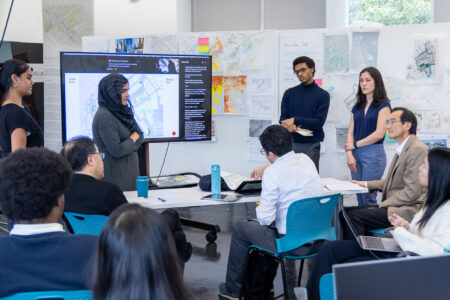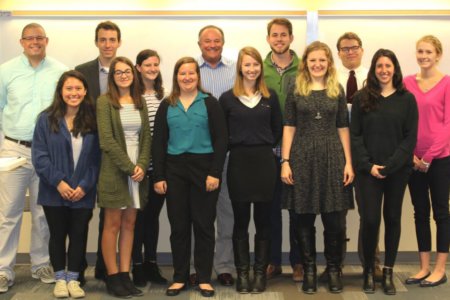The geospatial industry is rapidly evolving. With new and improved technology popping up to acquire, manage, analyse, and disseminate information that is spatially related to locations on, above, and below the surface of the earth, the industry is poised for accelerated growth in the coming years. This growth is reflected in the demand for graduates with advanced Geographic Information Science (GIS) technical, analytical, and reasoning skills that can be applied across various industries like planning, engineering, environmental, transportation, and infrastructure management – just like Chenyu Li from China.
Li received her GIS education at the Georgia Institute of Technology, a public university distinguished for its STEM-focused pedagogy. “I chose the MS in Geographic Information Science & Technology programme at Georgia Tech because it aligns with my career goals,” she says. “The programme is technology-focused, and we have the flexibility to specialise in fields like environment, sociology, city planning, or transportation.”
For Li, it was the university and the programme’s focus on technologies, statistical analysis, and the promise to tackle real-world problems using spatial reasoning that made her want to join. Georgia is ranked #2 Most Innovative Schools in Most Innovative Schools by US News & World Report – a recognition of the research opportunities and various capstone projects done here.

Graduate Chenyu Li chose the MS in Geographic Information Science & Technology programme because it aligns with her aspiration to become a GIS developer. Source: Georgia Institute of Technology
A master’s programme with life-long impact
The 34-credit hour curriculum covers all things GIS-related. By attending two semesters of full-time coursework and a capstone project course during the summer, you will gain a common core of required knowledge, a strong foundation of technology skills, and the flexibility to apply those skills to a broad range of professional and academic fields.
Beyond the core courses, you are required to take a minimum of two specialised GIS courses focusing on the application of GIS technology to specific areas and two electives. These specialised courses include Socioeconomic GIS, Environmental GIS, Transport GIS, and GIS for Public Health – the latter is a collaboration with the Rollins School of Public Health of Emory University.
The elective courses, on the other hand, can revolve around GIS-related areas such as city planning, architecture, public policy, computer science and interactive computing, civil engineering, or environmental engineering.
If you are on track to completing this master’s degree, you can be done in one year. For part-time students, it may take two to three years in addition to one summer session for the capstone project and systems design courses. Either way, the programme will provide ample opportunities to learn the latest advancements in GIS technology and develop the proper skills tailored to the evolving needs of the geospatial industry.
The MS in Geographic Information Science & Technology achieves this by taking an application-oriented approach. This means that you will tackle every problem from a practical perspective while balancing its technical and theoretical aspects learned in class. For example, when a real-world issue arises, Li and her peers research it and learn the technical and statistical methods needed to address the matter at hand. Even for students without a GIS-centric background, these practical courses are beginner-friendly while also allowing for deeper exploration as you progress.
Activities outside of the classroom further expand and enhance what you learn. “I had the opportunity to volunteer at a GIS conference, where I spoke with industry professionals and received valuable advice,” Li says. “Additionally, the school offers opportunities for research assistantships and internships, which allow us to work on real-life projects closely.”

Faculty are actively engaged in research, bringing valuable insights and mentorship to the classes they teach. Source: Georgia Institute of Technology
Such experiences not only boost your understanding of GIS technology but also give you a headstart on your future career. Li, who is currently working as a GIS developer at a real estate company, highlights that the programme has been incredibly helpful in both her job search and current role. “The projects I completed during the programme were a highlight on my resume, and I received positive feedback during interviews,” she says. “One of the projects was even directly related to the work I’m doing now, which played an important role and getting up to speed quickly in my job.”
With this programme, the School of City & Regional Planning develops leaders who advance technology and improve the human condition. “The MS-GIST programme leverages this culture and reputation to prepare graduates with skills and credibility required for the job market,” say programme co-directors Ramachandra Sivakumar and Clio Andris. “Graduates often benefit from higher starting salaries and strong return on investment, making their degrees highly valuable. “With growing industry demand, graduates who are well-versed in GIS often benefit from higher starting salaries and a strong return on investment, making a degree in GIS technology highly valuable.
There’s another advantage in store for international students: the chance to apply knowledge in the US. As the programme is STEM-designated, international students can apply for a 24-month extension of their post-completion optional practical training (OPT) in their respective fields, allowing them to work up to 36 months in the US. Taking part can take your career far – the OPT not only broadens your career options but also gives you enriching work experience that will set you up for future success in this field.
Follow the Georgia Institute of Technology on Facebook, Instagram, LinkedIn, X, and YouTube.












